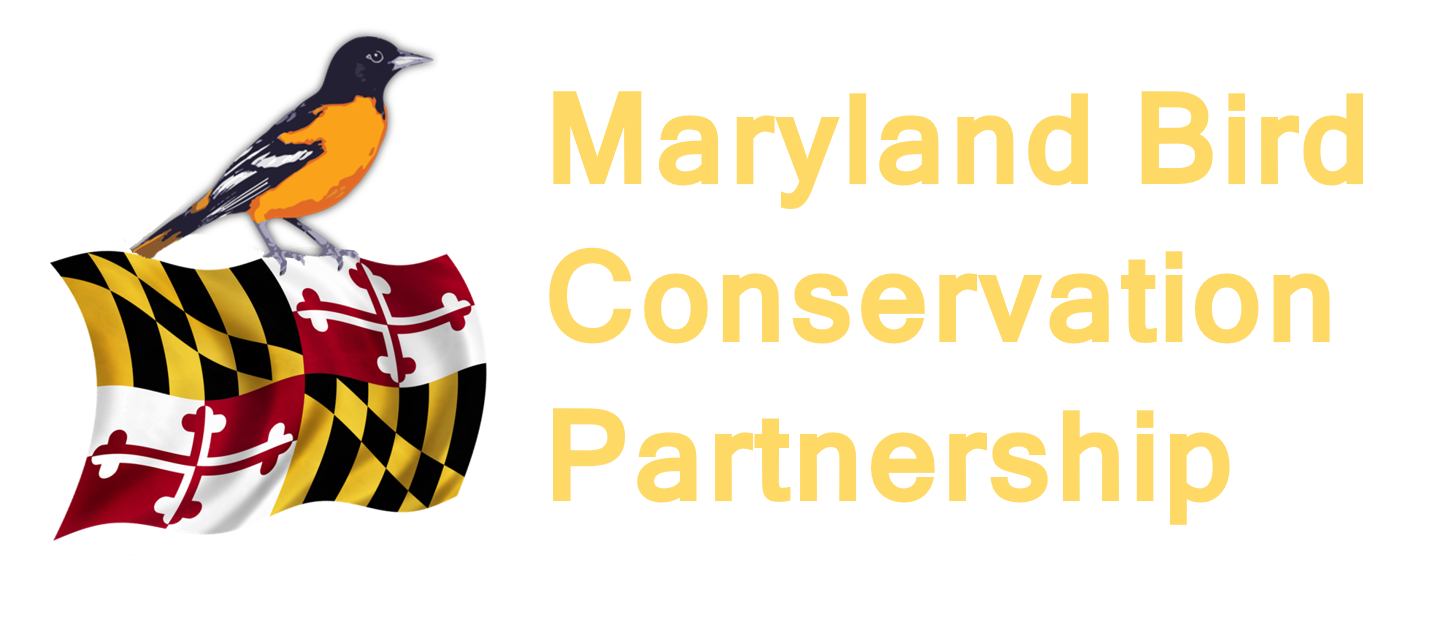Maryland Bird Conservation Update - December 2020
Thank you for supporting MBCP in 2020!
The Board of Directors expresses its sincere THANKS to all of you who volunteered your time or supported MBCP through a donation. The success of our programs and conservation efforts depend on people like you. We look forward to expanding our success in 2021, with your help. Thanks for your year-end donation!Don't forget to report Bald Eagle nests
The Bald Eagle Nest Monitoring Program currently has fewer than 25% of the estimated Bald Eagle nests in Maryland in our database. With leaves are off the trees it is a perfect time to find these nests! Help us document as many nests possible this winter - eagles should be starting to add to an existing nest or build a new one. Please report your nests to us on our Bald Eagle Nest Monitoring page. THANK YOU!
Species Profile: Savannah Sparrow
Savannah Sparrow © Frode Jacobsen
A small, streaky bird of open fields, the Savannah Sparrow (Passerculus sandwichensis) is enjoyed in different seasons in separate parts of Maryland. A denizen of Western and Central Maryland in late spring and summer, Savannahs migrate south and east in the fall to Southern Maryland, the Eastern Shore and points south. They breed from Alaska, through Canada and in northern and western parts of the U.S. with some southern extension with higher elevations.
Some 28 subspecies of the Savannah Sparrow have been named, but just over half of them are diagnosably distinct. Subspecies can be divided into five groups: princeps (Ipswich Sparrow), nominate and allies (“typical” Savannah Sparrows), beldingi (Belding's Sparrows and other dark saltmarsh taxa), rostratus (Large-billed Sparrows), and sanctorum (San Benito Sparrow). Some of these groups may constitute species.
The Savannah Sparrow’s name sounds like a nod to its fondness for grassy areas, but this species was actually named by nineteenth century ornithologist Alexander Wilson for a specimen collected in Savannah, Georgia. Like many birds, it’s named after a location where it doesn’t even breed!
During the breeding season, these feisty, streaked sparrows feast on spiders and insects, including beetles, grasshoppers, caterpillars, and flies but in winter switch to a diet of mostly small seeds and berries. Along coastal areas, they may eat tiny crustaceans.
“Ipswich” Sparrow © rayhennessy / Adobe Stock
While considered abundant, some coastal marsh races have small populations and are vulnerable to loss of habitat from sea level rise. Some parts of the East Coast are known for their well-marked local forms, such as the pale "Ipswich" Sparrow (P. s. princeps) of Atlantic beaches.
In many parts of the species' range, especially in coastal areas and islands, Savannah Sparrows tend very strongly to return each year to the area where they hatched. This tendency, called natal philopatry, is the driving force for differentiation of numerous Savannah Sparrow subspecies.
Savannah nest sites on the ground, usually well hidden among grass or weeds and structured so that the nest can only be approached by a "tunnel" from one side. Some pairs raise two broods per nesting season. (Audubon)
The importance of maintaining grassland habitat for this and many other Maryland bird species cannot be overstated.
Partner Profile: Calvert Nature Society
Our featured partner, Calvert Nature Society, is dedicated to the protection and preservation of Calvert County’s natural heritage and the creation of an environmentally literate and aware community. They provide opportunities for appreciation and understanding of our natural world through outreach initiatives and in support of the mission of the Calvert County Natural Resources Division.
For the past several years they have been helping the Maryland Bird Conservation Partnership educate and raise awareness of our natural world to help preserve and maintain Southern Maryland landscapes. Their large volunteer corps as well as their outdoor and on-line programs are making a difference for birds.



